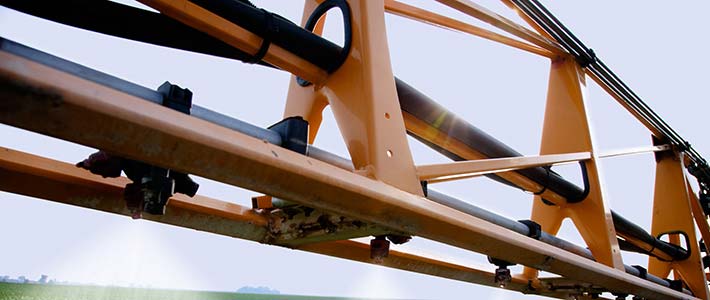This article was written by Angie Peltier, UMN Extension educator in crops, Phyllis Bongard, UMN Extension educational content development and communications specialist and David Kee, MSR&PC director of research.
While the viral pathogen that causes COVID-19 has changed many of the ways that those in agriculture interacted during the past year, the threat from plant pathogens remains unchanged. If weather conditions favor the interaction between a susceptible soybean variety and a virulent soybean pathogen, disease will occur.
In 2020, with soybean checkoff support, members of the UMN Extension crops team launched a new online program called MN Digital Crop Doc (z.umn.edu/digitalcropdoc, Figure 1) to assist growers in diagnosing diseases, while minimizing face-to-face contacts during the pandemic.
If you have disease symptoms developing in one of your soybean fields this summer and are wondering what might be causing them or you are simply looking for a confirmation of your own diagnosis, the UMN Extension crops team would like to help.

How does Digital Crop Doc work?
When you’re out scouting, you can simply take photos of disease symptoms with your smartphone and submit them to the Digital Crop Doc website.
A field visit by Extension personnel or your crop advisor or agronomist to diagnose a problem can routinely turn into a game of “twenty questions,” as we seek to understand the factors that eventually arrive at a visual diagnosis.
Similarly, information you can provide, such as the weather conditions soon after planting, when symptoms were first observed, what soybean variety was planted, whether there is a pattern in where symptoms can be found in the field or on plants, are important context clues.
Folks taking advantage of the Digital Crop Doc program will be asked to provide this sort of additional information that can aid in diagnosis on the online form (Figure 2). They can make the difference between not receiving or receiving a diagnosis and research-based management recommendations.

Once you submit the form and photos, it’s immediately sent to Extension employees that will work hard to provide a timely visual diagnosis and research-based management recommendations. If the information submitted is insufficient for a visual diagnosis, you may be contacted for more information.
How will I be contacted?
All information that could personally identify a field or the person submitting the form will remain confidential. Personal information will only be used to contact you by phone or email to obtain more information to assist in providing a visual diagnosis.
Are there other benefits?
Digital Crop Doc submissions may help Extension identify new or emerging diseases that could better guide our research and educational programs to meet the needs of Minnesota’s crop producers.
The Minnesota Soybean Research & Promotion Council and the soybean checkoff helped make the Digital Crop Doc program possible.







